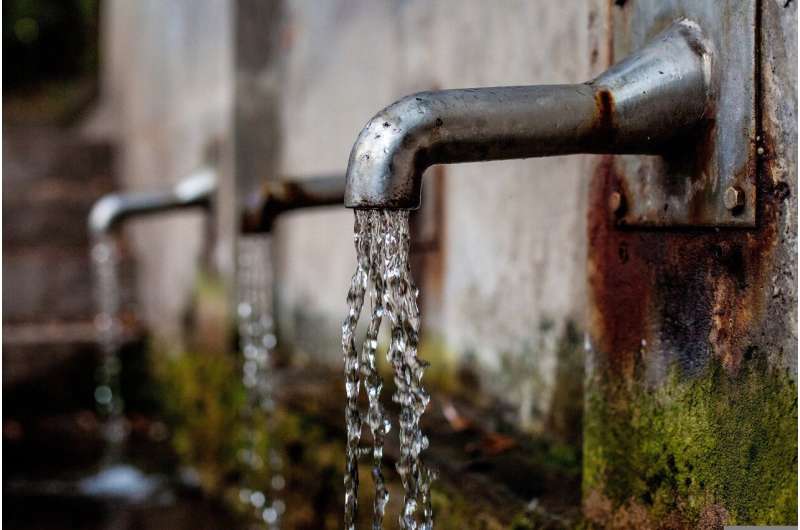Understanding the Real and Fake Smile: Anatomy and Neurology Behind Genuine Expressions

Discover the fascinating anatomy and neurology behind genuine and fake smiles. Learn how to distinguish authentic expressions through facial muscles and brain activity for better social understanding.
Smiles are powerful indicators of emotion, but not all smiles reflect true happiness. Interestingly, the commonly held belief that smiling uses fewer muscles than frowning isn't supported by anatomical evidence. Recognizing genuine smiles involves understanding the complex interplay between facial anatomy, neurology, and emotional expression.
A genuine smile, known as the Duchenne smile, involves the activation of two key muscle groups: the zygomaticus major, which lifts the corners of the mouth, and the orbicularis oculi muscles around the eyes, creating the characteristic 'crow's feet' and a warm, authentic expression. This type of smile is involuntary and rooted in the limbic system, particularly the amygdala, which processes emotional salience.
In contrast, social or fake smiles often engage only the mouth muscles, with the eyes remaining unaffected, resulting in a more mechanical appearance. These deliberate expressions are controlled consciously via the motor cortex, making them less emotionally genuine.
Brains are highly adept at detecting authenticity in facial expressions. Even infants as young as 10 months can distinguish between real and fake smiles, a skill that historically aided in social trust and cooperation. The fusiform gyrus, involved in facial recognition, works alongside the superior temporal sulcus to decode subtle differences in expressions, helping us assess others' intentions.
In social contexts, fake smiles serve important functions such as politeness, conflict avoidance, and emotional regulation—forming part of emotional labor. However, sustaining such insincere smiles can be emotionally draining, leading to stress and burnout, especially in service roles.
As artificial faces and virtual assistants become more common, the challenge remains: creating expressions that convey sincerity. While machines can mimic facial movements, convincing micro-contractions around the eyes—the hallmark of genuine emotion—are difficult to replicate without actual feeling. Remember, the eyes rarely lie.
Next time you observe a smile, look beyond the mouth. Pay attention to the eyes—the orbicularis oculi muscles often reveal the true emotional state.
Source: https://medicalxpress.com/news/2025-05-anatomy-fake-real.html
Stay Updated with Mia's Feed
Get the latest health & wellness insights delivered straight to your inbox.
Related Articles
The True Cost of Dementia: Unpaid Care Falling on Family and Friends Reaches $224 Billion
Family and friends provide unpaid care for dementia patients, totaling an estimated $224 billion annually in the U.S., revealing substantial regional disparities and highlighting the need for better caregiver support.
Study Finds Water Treatment for Multiple Contaminants Could Prevent Over 50,000 Cancer Cases in the U.S.
A new study reveals that treating tap water for multiple contaminants could prevent over 50,000 cancer cases in the United States, emphasizing the need for integrated water safety strategies.



